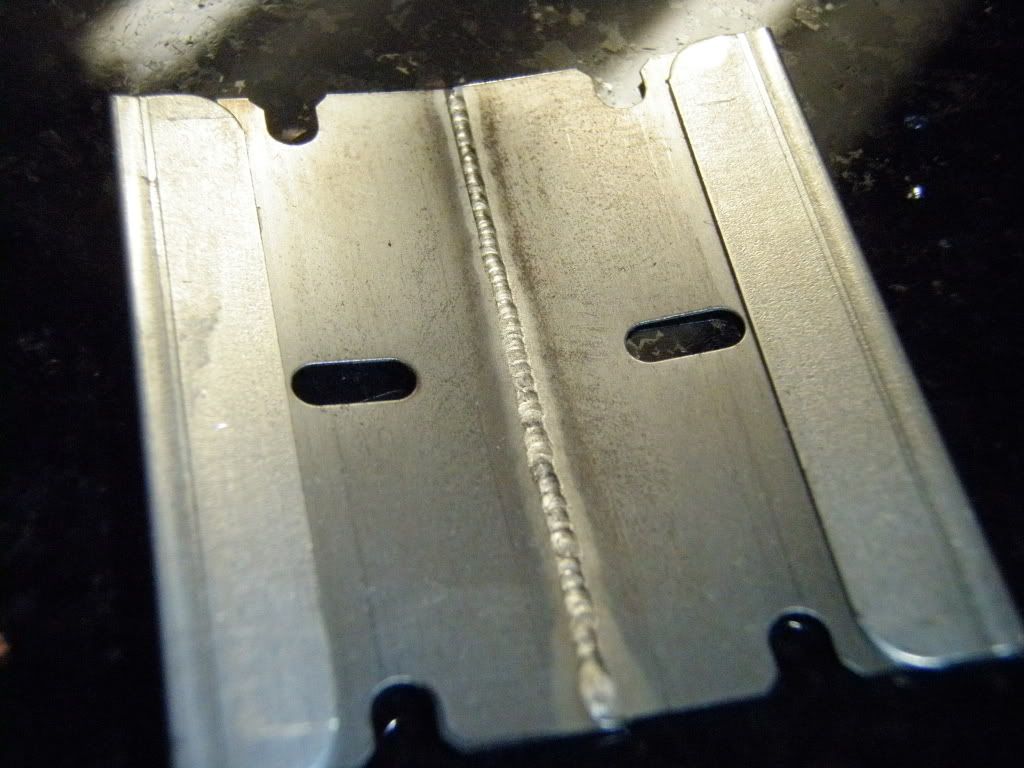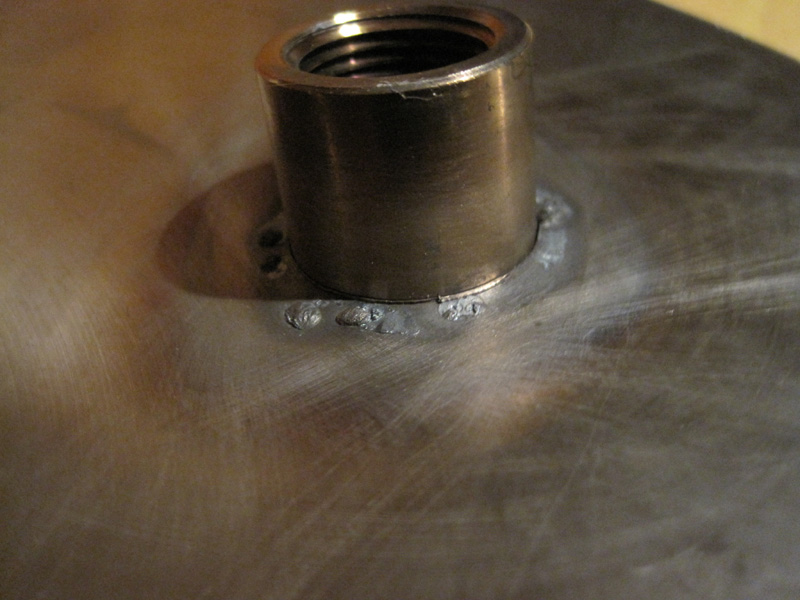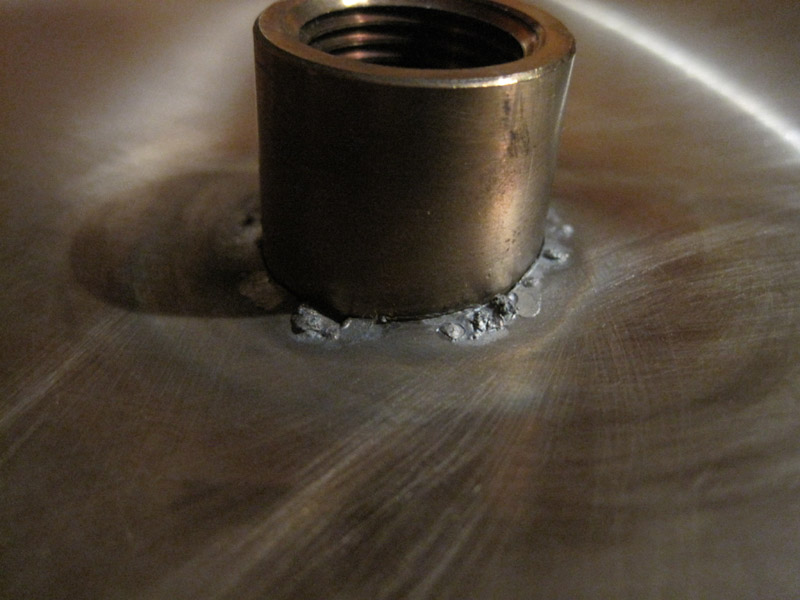bkloos
Well-Known Member
Hey guys,
I'm about to start welding up my brew pots, and would like to know what you use for settings during the weld. This will be my first attempt at welding in couplers....
I have a Miller Maxstar 150 with 3/32", 1/16" and .040" electrodes and 1/16th 308 rod.
I'm wondering what amperage you use for this application?
The pot is a 16 gauge, 20 gallon mega pot.
Thanks Guys,
Bryan
I'm about to start welding up my brew pots, and would like to know what you use for settings during the weld. This will be my first attempt at welding in couplers....
I have a Miller Maxstar 150 with 3/32", 1/16" and .040" electrodes and 1/16th 308 rod.
I'm wondering what amperage you use for this application?
The pot is a 16 gauge, 20 gallon mega pot.
Thanks Guys,
Bryan








